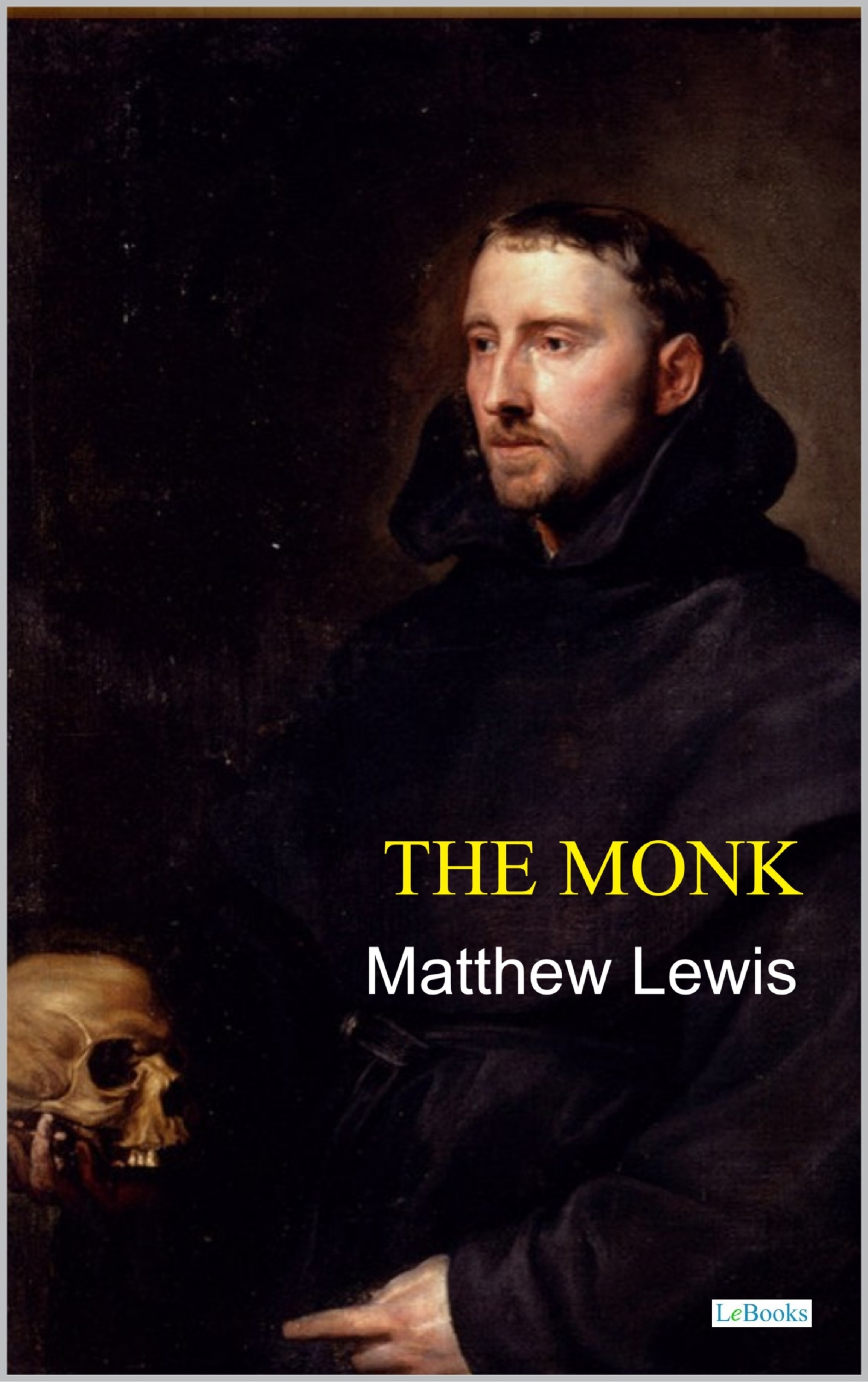
The Monk by Matthew Gregory Lewis is a seminal work of Gothic fiction that delves into themes of temptation, repression, corruption, and the supernatural. Published in 1796, the novel follows Ambrosio, a revered monk in Madrid whose descent into moral ruin is driven by pride, desire, and manipulation. As Ambrosio falls deeper into sin—committing acts of lust, murder, and sacrilege—the story reveals the dangers of unchecked hypocrisy and the fragility of virtue when confronted with forbidden impulses.
Notable for its bold treatment of taboo subjects and its atmospheric intensity, The Monk shocked readers upon release and was both condemned and admired for its daring content. Lewis combines horror, suspense, and dark romanticism to expose the contradictions within religious and social institutions of his time. The novel's complex structure, vivid imagery, and incorporation of the supernatural make it a hallmark of the Gothic tradition.
The lasting impact of The Monk lies in its fearless exploration of human weakness and its critique of moral absolutism. Its provocative themes and dramatic narrative continue to captivate readers, securing its place as a groundbreaking and controversial masterpiece of Gothic literature.